“I was born in a village of Bulandshahr district of Uttar Pradesh, India. My life as a farmer’s son was full of virtues and ills together. My family worked hard and lived simple life with scanty resources. The age-old beliefs and values of Indian culture have shaped my journey from bullock-cart to Airplane”, Says Captain J P Sharma, Chief Flight Instructor at Bombay Flying Club (BFC) at Dhule in Maharashtra, India.
My parents, recognised the value of education. I Joined Engineering college in 1977 but could not complete the course for need to find a job. I joined Indian Air Force (IAF) as a technician. Everyone at my home was pleasantly surprised and it took us sometime to believe that I got selected for a government job. Narrates J P , an ace commercial pilot now, about his ordeal of success.
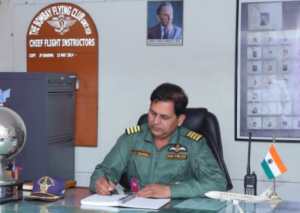
I continued upgrading my educational qualification leading to dual post-graduation in History and Political Science. I applied for the UPSC’s Civil Services Examination and could clear the Preliminary Examination. With my willpower to excel in life, in 1997, after successful completion of training I got commissioned as an Officer in IAF. I served with pride and after my retirement in December 2004 joined Indira Gandhi Rashtriya Uran Akademi (IGRUA), Raebareli, U.P, as an Air Traffic Controller.
My work in IGRUA was appreciated a lot which made me realise that I could handle higher responsibilities and needed some field to test my waters. IGRUA is one of the only flying training institutes run by the Government of India. It is well funded to maintain high standards of training and to produce some of the best aviators in India.
“Most of the important posts at that time were occupied by retired IAF officers who brought in a training culture which had a focus on pupil-teacher relationship. I realised that there were very few who had varied exposure to military and civil aviation both. This definitely gave me tremendous amount of confidence. I realised that there were higher goals within my reach. I decided to be a pilot”.
There were many who dissuaded me from this bold attempt, for in their opinion, learning a new skill, like flying, was very difficult at the age of 46 years. But I was determined to give it a serious challenge. I got my Commercial Pilot’s Licence at the age of 47 years. Assistant Flight Instructor, Flight Instructor, Deputy Chief Flight Instructor were the rungs that lead me to the chair of the Chief Flight Instructor ,BFC.
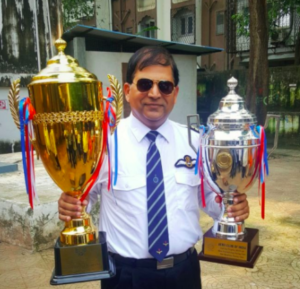
BFC is the oldest flying school of India. BFC is also the school that trained JRD Tata so that he could obtain the first Commercial Pilot’s Licence of India. As the Chief Flight Instructor, I decided to bring in qualitative changes in flying training. I have contributed to usher in the following changes:
a. Established a just culture in BFC where a pilot instructor kept student pilots’ interests above his own.
b. Created flying procedures to improve efficacy of training.
c. Established high standards of discipline in BFC.
d. Created infrastructure required for higher standards of training.
e. Re-Carpeted runway, created new taxiway, aprons, hangar, boundary wall, new hostel, sports facilities and Mess for student and pilots.
Many young boys and girls consider flying as a profession for the elite. Any student having passed class 12th with Physics and Mathematics with a passion for flying, may join a Flying Training Organization (FTO). A list of FTOs can be found on ‘www.dgca.gov.in’ the website of the Directorate General of Civil Aviation. Details about IGRUA are available at igrua.gov.in and those of Bombay Flying club at www.thebombayflyingclub.com.
The ground training and flying training is provided by the FTOs. While the written examinations on five aviation subjects are conducted by DGCA, the flying skill tests are conducted by DGCA approved examiners in the FTO itself. It takes about 2 -3 years for a trainee to undergo ground training, flying training and licensing procedures. Some students go abroad for a faster training curriculum but they must understand that after earning a foreign licence, the procedure to convert it to an Indian one takes a lot of time and effort. A successful trainee gets a Commercial Pilot’s Licence (CPL) issued by Government of India.
Pilots find jobs with passenger airlines, Non-Scheduled Operators, Cargo airlines, corporate houses and FTOs. The flying training costs are high but some banks provide education loan for those who cannot fund their training from their own resources. Explains J P about procedures to become a Commercial Pilot in India.
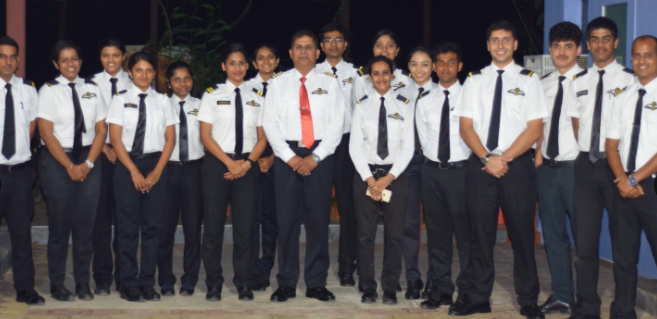
One can also join Indian Armed forces (IAF, Indian Navy, Indian Army) to be trained and commissioned as a Pilot. The selection procedure and training for these are different. In this, one does get a chance to serve the Nation in wartime and other search and rescue operations during National calamity. One can join through NDA after 12th or CDS after completion of graduation. Pilot aptitude battery test (PABT) and SSB interview need to be cleared. Details can be find at Union Public service commission (upsc.gov.in). For women pilot entry please check the IAF website indianairforce.nic.in.
“In recent times Covid-19 has affected all professions but aviation has been the worst hit. However, Indian aviation has already started showing trends of a recovery earlier than expected. Some airlines are already expecting to reach pre-Covid occupancy levels by end of November 2020. Therefore, the scope for aspiring pilots in India remains bright”, believes J P.
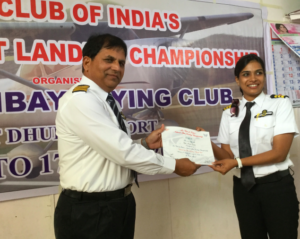
I have driven a bullock-Cart, ploughed fields and have done every single work that an ordinary small farmer normally does. This gives me strength and confidence. Some of the beliefs and values that have shaped my life are:-
a. Give yourself an opportunity to be judged by others. We often underestimate and fail to realize our true potential.
b. Set small goals which are well within reach rather than setting tough goals and getting stuck.
c. Derive pleasure out of fulfilment of the small goals. Rest a while and find out newer or higher goals to restart.
d. There are people who may look down upon you. Pardon them and focus on your goals rather than trying to prove them wrong.
e. Learn to trust people around you. People are normally helpful.
f. Work for the organization and not for your bosses. The bosses will be happy too in long run.
g. Respect professions. There is nothing such as low-level profession unless it is associated with immorality.
h. Read a lot of books
“I now wish to fly for a few more years and then go back to farming and cattle rearing where I belong. I am married to a simple and supportive wife. I feel happy to share cockpit with my son Kanha, who has been following my footsteps”. Boasts J P with pride.
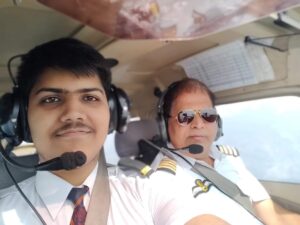
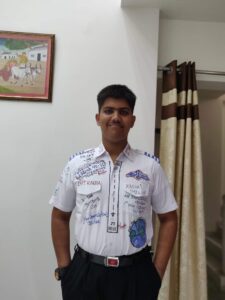
This was humble yet resolute J P Sharma, his simplicity speaks volumes of his great achievements. Find J P at https://www.facebook.com/captainjpsharma . The inspirational story of his becoming of Captain J P Sharma has proved that,


Great Achievement , Best of luck for second innings
Yes Varun , people like J P are symbol of hard work and dedication.
A child learns newer things everyday. We feel old only when we stop doing newer things. While it’s wonderful to age gracefully, feeling young is even greater. It’s alright to cheat once a while. I cheated my age by way of venturing into commercial piloting after becoming a senior citizen. UMAR KI AISI TAISI, ABHI TO MEIN JAWAN HUN.
Keep up the spirit J P ji. You are a symbol of hard work and dedication.